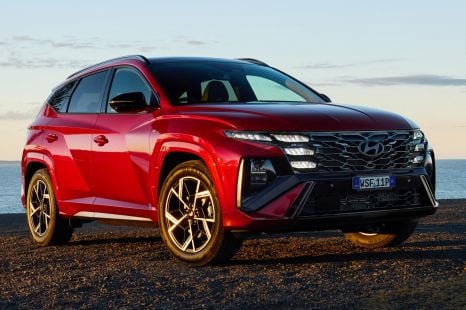

James Wong
2025 Hyundai Tucson review
2 Months Ago

News Editor
The Hyundai Santa Fe is about to undergo its most dramatic visual transformation yet.
Spy photos reveal the next-generation model will feature bluff, boxy styling more in the vein of the Land Rover Defender than any Santa Fe before.
The photos were taken at Incheon International Airport in South Korea and shared on the Instagram account chung_sik_an.
It’s unclear when the next Santa Fe will debut, though the presence of finished-looking – if heavily camouflaged – prototypes suggests a debut is imminent.
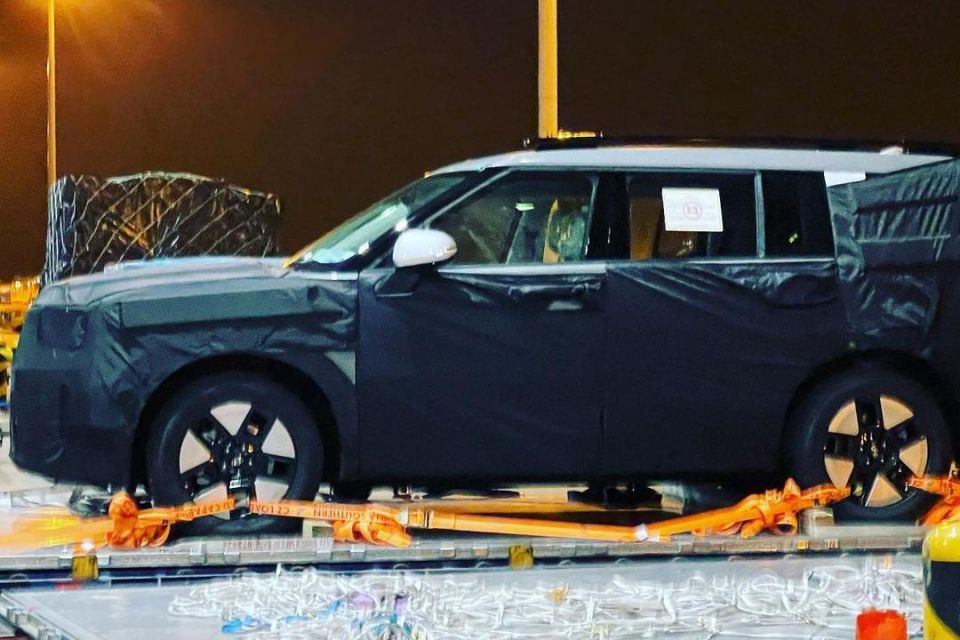
There’s an upright greenhouse, appearing to afford the Santa Fe an airy cabin.
While it’s still covered in a great deal of camouflage, we can see the D-pillar appears to sit bolt upright, in contrast to the slanted pillar of the Palisade, giving the Santa Fe an even bluffer look than the flagship crossover.
We can’t make out much of the front end, though previous spy photographs have suggested the headlights may contain LED daytime running lights that form the letter H, a motif repeated on an embossed pattern on the front seats.
A full-width LED light bar connecting these elements may also appear, à la the Staria.
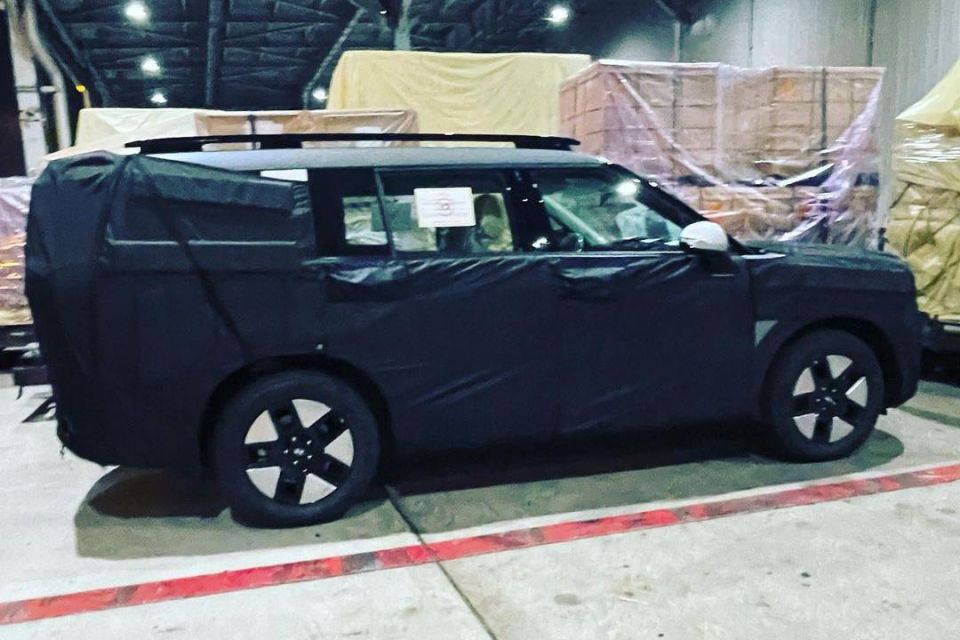
The rear end is covered in even more camouflage, though it appears the Santa Fe may have a particularly upright tailgate.
As is becoming common with the latest Hyundai Motor Group products, there are eye-catching wheel designs.
The spied prototype also features distinctive alloy wheels with an inverted look, with slotted, black-finish spokes bracketed by brushed-metal triangles where gaps would ordinarily be.
A previously spied prototype, in contrast, featured simple, five-spoke brushed-look alloy wheels, albeit also forming a star pattern.
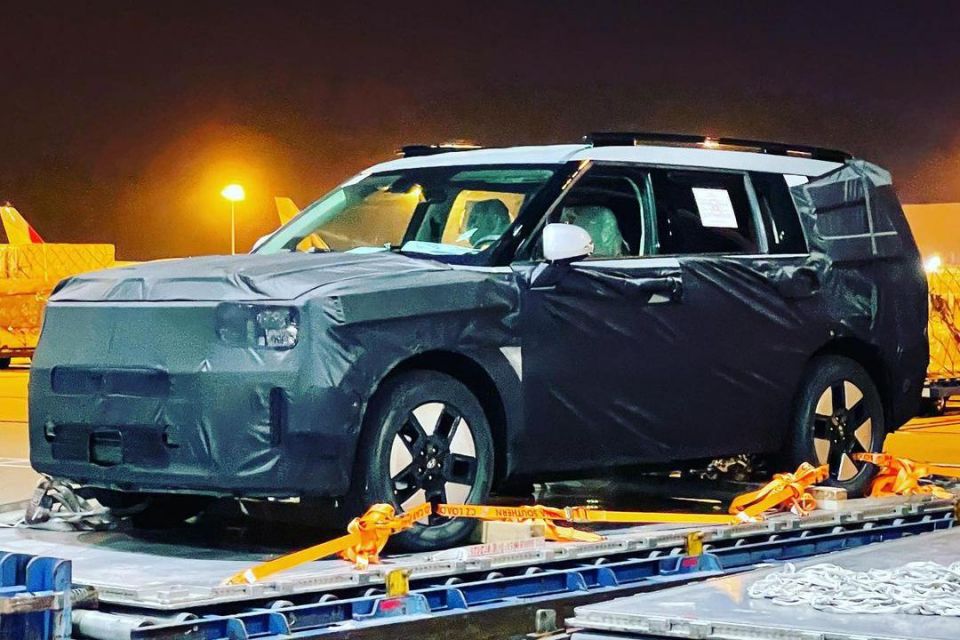
It’s unclear how much if the changes beneath the skin with the next Santa Fe will be quite as dramatic as its new look.
The Santa Fe moved to a new platform in 2021, giving it access to hybrid and plug-in hybrid (PHEV) powertrains – though only the hybrid has been confirmed for Australia, and it has been repeatedly delayed.
Both electrified Santa Fe models use a turbocharged 1.6-litre four-cylinder engine paired with an electric motor, lithium-ion battery and a six-speed automatic transmission, shared with hybrid and PHEV versions of the Kia Sorento.
The Santa Fe is currently available in Australia only with a choice of 2.2-litre turbo-diesel four-cylinder and 3.5-litre naturally-aspirated petrol V6 engines, though the latter has been largely phased out outside of our market.
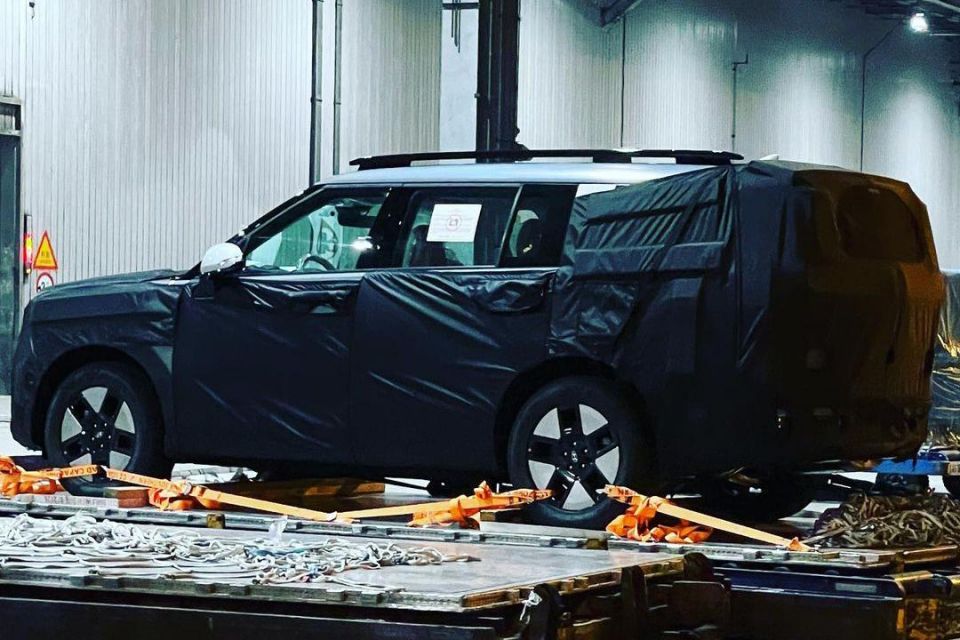
Markets like Korea and North America get a turbocharged 2.5-litre four-cylinder engine in lieu of the V6, while a naturally-aspirated version is also offered in some markets.
Hyundai played it extremely safe with the current Santa Fe’s styling, which despite the new platform looks almost identical to the previous generation.
Likewise, the first four generations – although more distinguished from each other – represented a clear design evolution.
But with the Santa Fe losing ground in Australia and Korea to its pricier Palisade stablemate and its Kia Sorento corporate cousin, Hyundai’s designers appear to have been given the go-ahead to pen a more radical design.
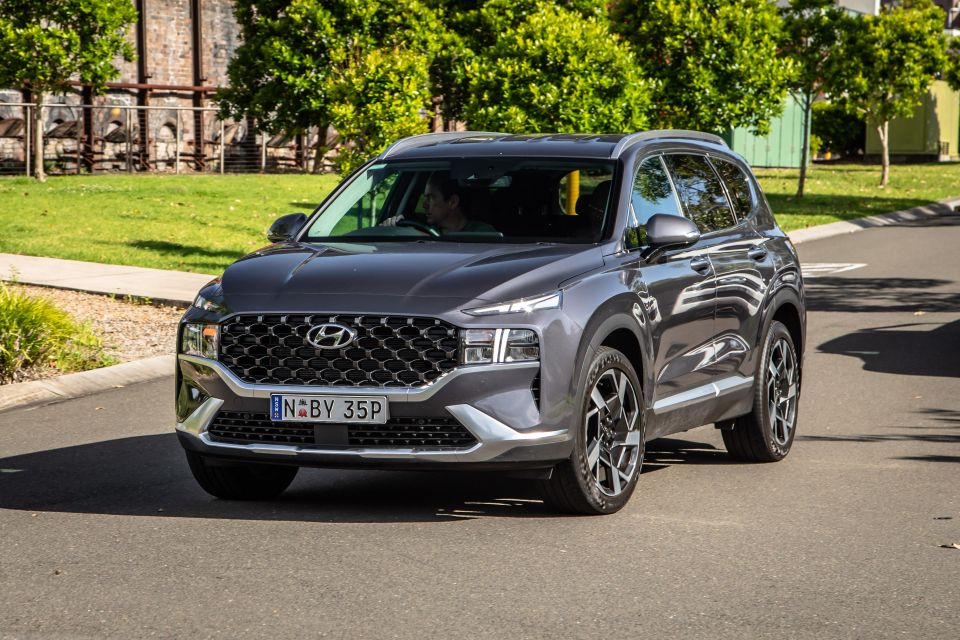
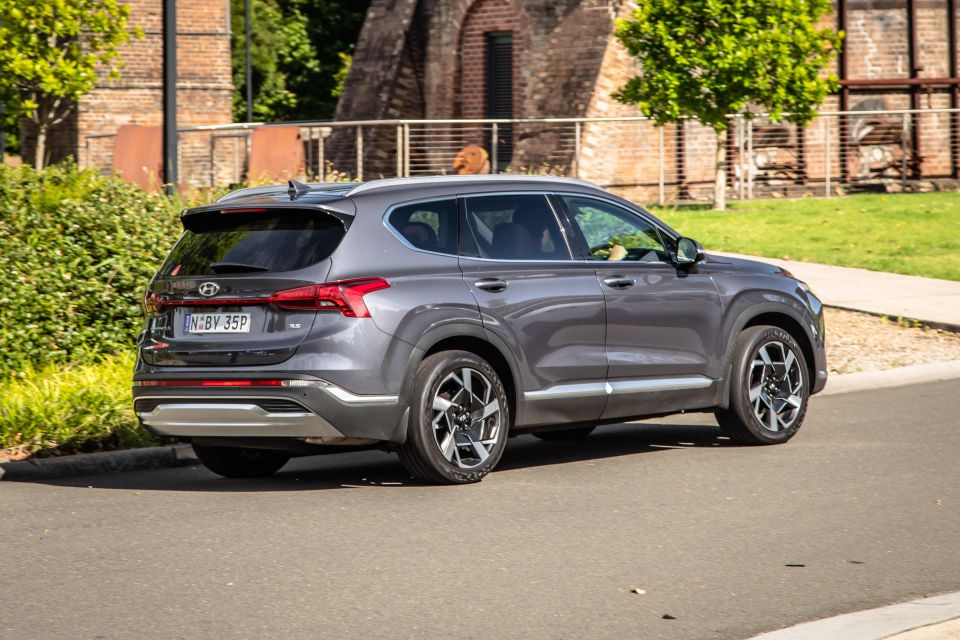
To the end of August, Hyundai has sold 2936 Santa Fes in Australia, putting it only narrowly ahead of the Palisade (2891 sales) and behind the Sorento (4304).
The Santa Fe and Sorento were neck-and-neck in 2021, with the former being pipped by the latter (5048 sales vs. 5126 sales).
It was the first time since 2005 that the Santa Fe had been outsold by the Sorento in Australia, and this strong performance by the Sorento is emblematic of Kia’s ascendancy in the Australian market that has seen it outsell its sister brand some months.
Where expert car reviews meet expert car buying – CarExpert gives you trusted advice, personalised service and real savings on your next new car.
William Stopford is an automotive journalist based in Brisbane, Australia. William is a Business/Journalism graduate from the Queensland University of Technology who loves to travel, briefly lived in the US, and has a particular interest in the American car industry.


James Wong
2 Months Ago


Josh Nevett
2 Months Ago


William Stopford
2 Months Ago


Max Davies
29 Days Ago
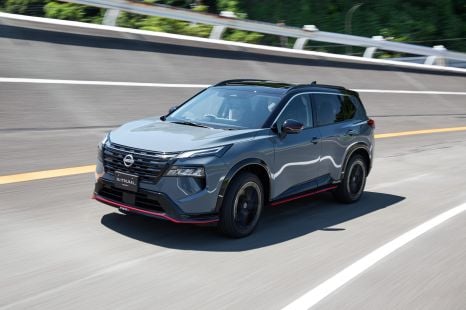

William Stopford
17 Days Ago


Andrew Maclean
17 Days Ago